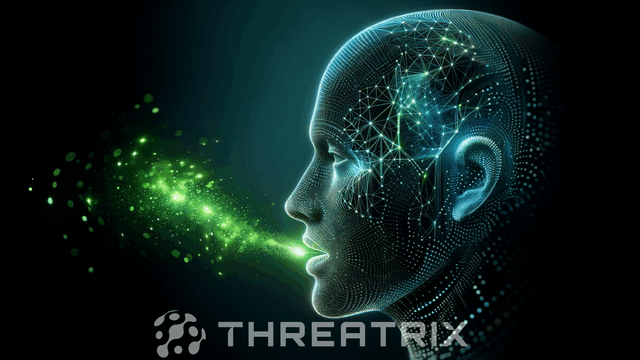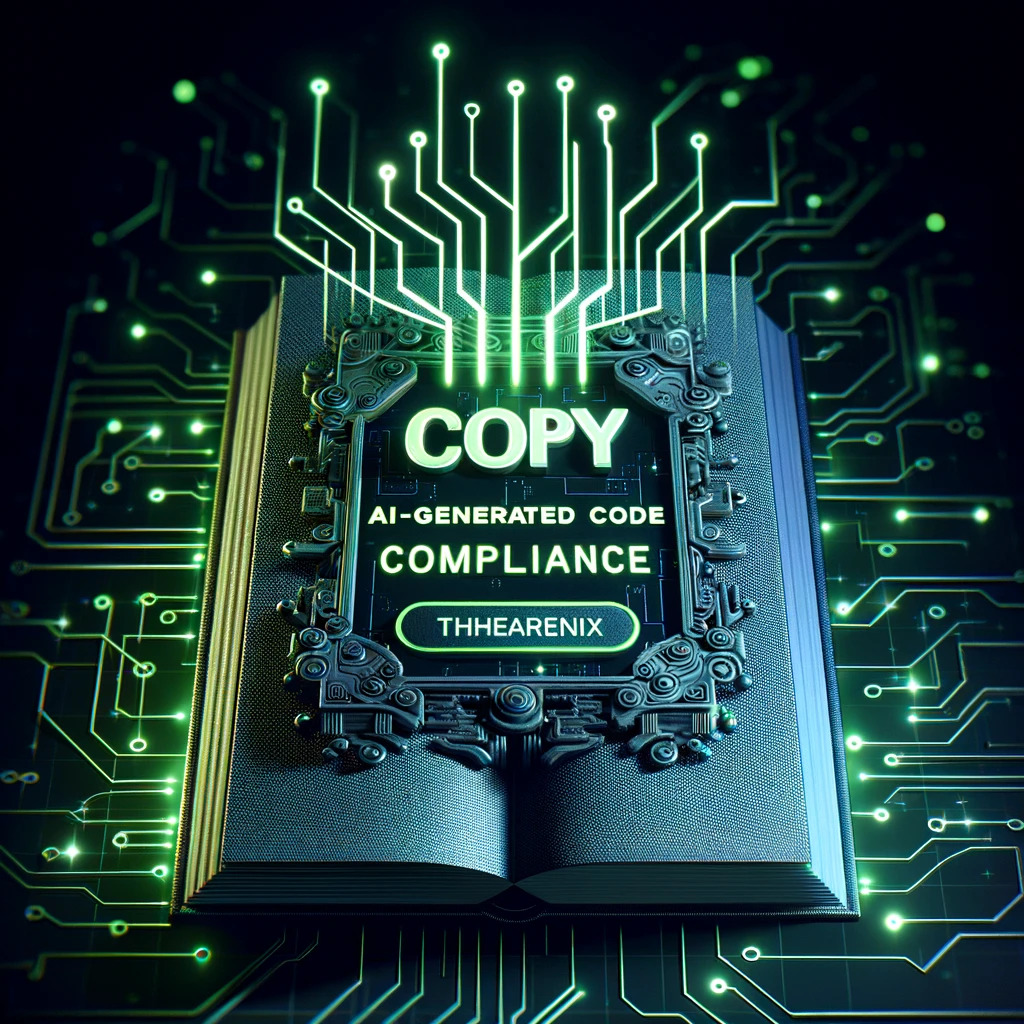Open-source software (OSS) is crucial for modern development, offering flexibility, innovation, and cost savings. However, using OSS requires compliance with various licenses. As AI-generated code becomes more common, accurate attribution and compliance are critical. The new UK law mandating proper attribution for open-source code adds complexity to compliance, and Threatrix automates these obligations efficiently.
Threatrix Blog
Enterprise open source security & compliance
Results for:
ClearCategory: AI Code Detection
Clear

AI code detection tools are crucial for ensuring open source license compliance and extensive code base analysis. Meanwhile, AI-generated code is a valuable developer tool, enhancing productivity by automating routine coding tasks, offering optimized code suggestions, and suggesting optimized code snippets. Our essential guide delves into AI-generated code detection tools, their importance, key features, and how they can enhance development workflows. We will also explore how Threatrix is a comprehensive solution for managing these challenges.

Detecting AI-generated code is increasingly vital as artificial intelligence shapes the future of software development. This comprehensive guide for 2024 delves into the significance of identifying AI-generated code and the essential considerations for developers to maintain compliance and avoid legal complications. We highlight the importance of understanding open source licensing origins, attribution requirements, and compatibility between the different licenses.

License compliance for AI-generated code has become crucial as AI continues to reshape software development, driving innovation and increasing complexity. In 2024, the integration of AI in creating functional code is now a standard in software engineering, intensifying challenges related to open source licensing and attribution. This complexity necessitates robust software composition analysis tools to manage compliance effectively, ensuring that innovations do not breach intellectual property laws or open-source legal requirements. As AI developer tools like chatbots and code assistants evolve and use extensive existing code bases, including vast amounts of open-source, they highlight the importance of accurate attribution and compliance with licensing. This scenario underscores the need for developers and corporations to adopt a nuanced approach to legal and ethical issues in software development, requiring more than just technical skills but a deep understanding of the legal landscape.

Integrating Artificial Intelligence (AI) for code generation presents significant advantages and notable challenges. While AI boosts productivity by automating tasks and speeding up code creation, it also raises questions about the authenticity and quality of the resulting code. To address these concerns, AI-generated software code detectors are crucial. Let's delve into how developers can use these tools to ensure the integrity of their codebases, with a special focus on Threatrix, the leader in open source software risk management.

In 2024, open-source software continues to be a powerful driver of innovation, offering significant cost savings for developers and companies. However, the landscape is becoming more complex with the advent of AI development tools. These tools, trained on billions of open-source files, can automate and enhance coding processes but also introduce significant compliance challenges. Open-source components are governed by a range of licenses, from permissive to highly restrictive, each carrying specific obligations and restrictions. It’s crucial for users to navigate these complexities to fully leverage open-source software while adhering to legal and ethical standards.

Just as the locomotives revolutionized the American economy, today, we stand at the cusp of a similar transformation. Once a symbol of progress, the steam engine's whistle now finds its echo in the silent hum of data centers, where Artificial Intelligence (AI) is poised to instigate an equally monumental shift in the software development landscape. AI is not just a buzzword but a driving force behind the transformation of software development. It's accelerating the pace of technological advancement, presenting new challenges for security, compliance, and the future of development work.